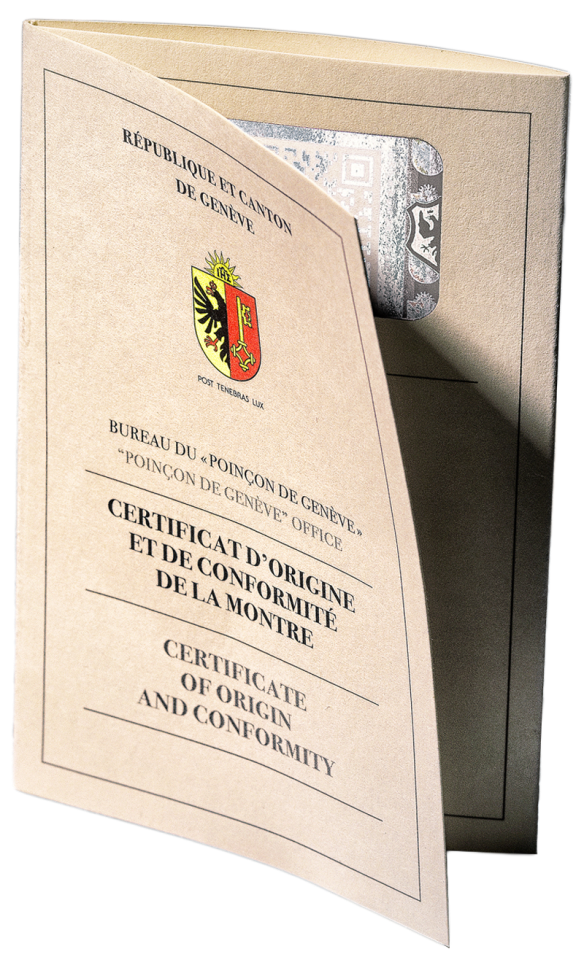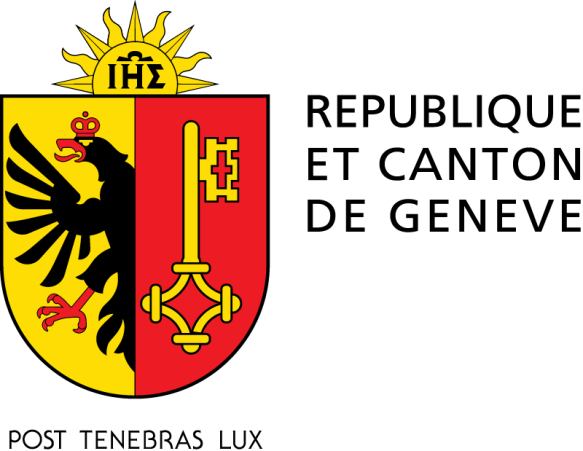Not all luxury watches are created equal. A few select brands submit their watches for the Geneva Seal, the ultimate certification of quality in fine watchmaking. Here is a guide to what it means when a watch is stamped with the Hallmark of Geneva.

The Geneva Seal—a.k.a. Poincon de Genève, Geneva Hallmark and Hallmark of Geneva—is a quality seal awarded to watches submitted for inspection to an independent bureau operating under state control in Geneva. The Poincon de Genève is currently the only watchmaking label to benefit from a State guarantee, and that effort is fulfilled by TimeLab – the Geneva Laboratory of Horology and Micro-engineering.
To receive the seal, the watch movement must meet 12 criteria relating to the quality of its finishing and materials. The certificate is only awarded to timepieces with remarkable decorative finishes, qualifying them as works of art. Additionally, the certificate guarantees the watch is of top-quality craftsmanship and chronometrically precise. The finished watch is also tested for water resistance, power reserve, and more.
Most importantly, to be acknowledged by the Canton of Geneva and therefore even be eligible to be inspected for the Seal, the watch—and all of its parts—must be manufactured in Geneva. If a watch is diamond set, even the diamond setting must be done in Geneva. The seal (with the Geneva Coat of arms on it) is stamped on the watch movement when approved.
Earning the Poincon de Genève is no easy feat—especially in a watch with hundreds of components, as each and every part (from wheel trains to the adjustment system, balance wheel, spring, and all shaped parts, including screws and pins) must be finely decorated and finished to flawless perfection. Screws and pins must have polished chamfers and straight-grained sides. Currently, just a small number of brands submit their watches for the Geneva Seal. Since September 2013, any watch issued the Geneva Seal receives a unique key or code that a purchaser can use to check the authenticity of the certification.

